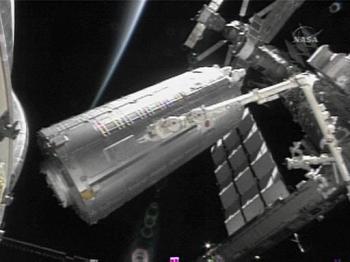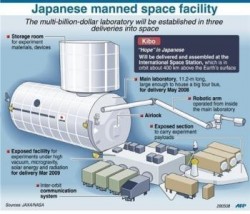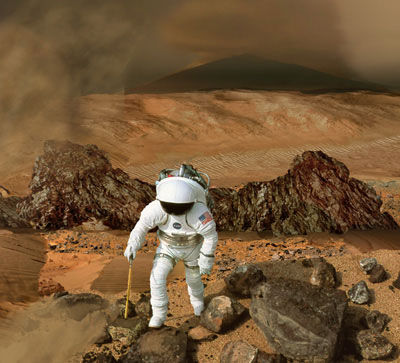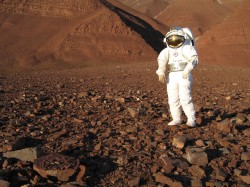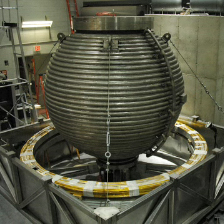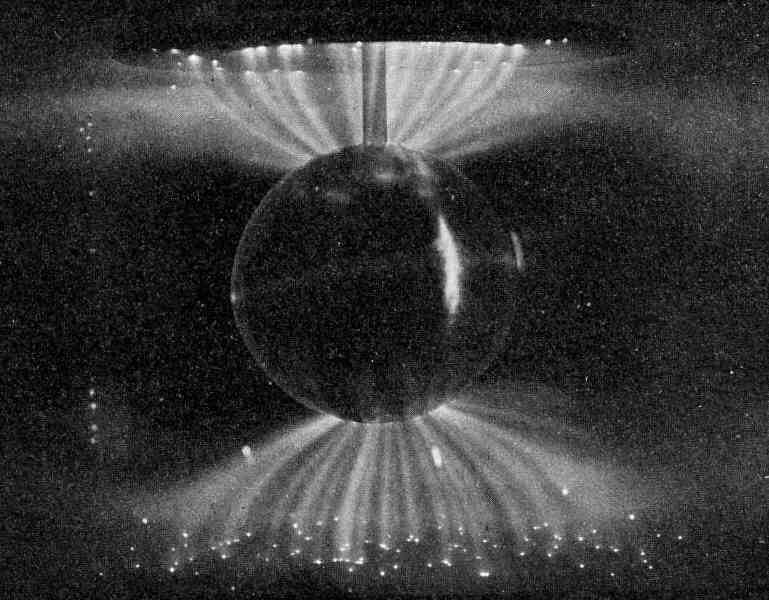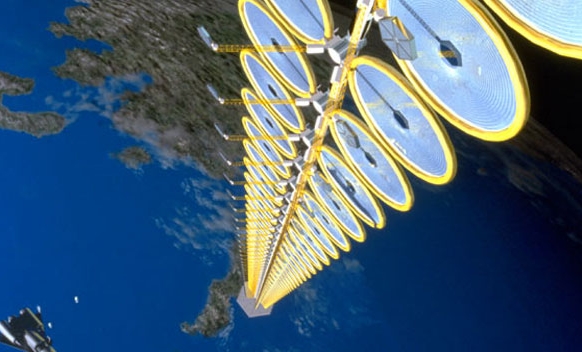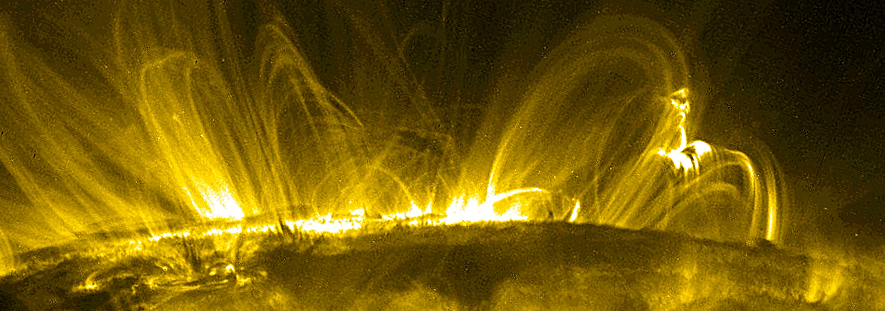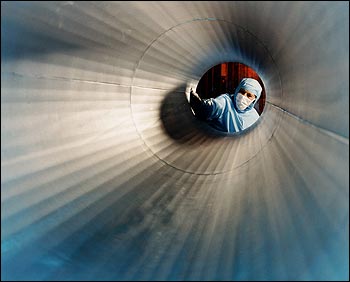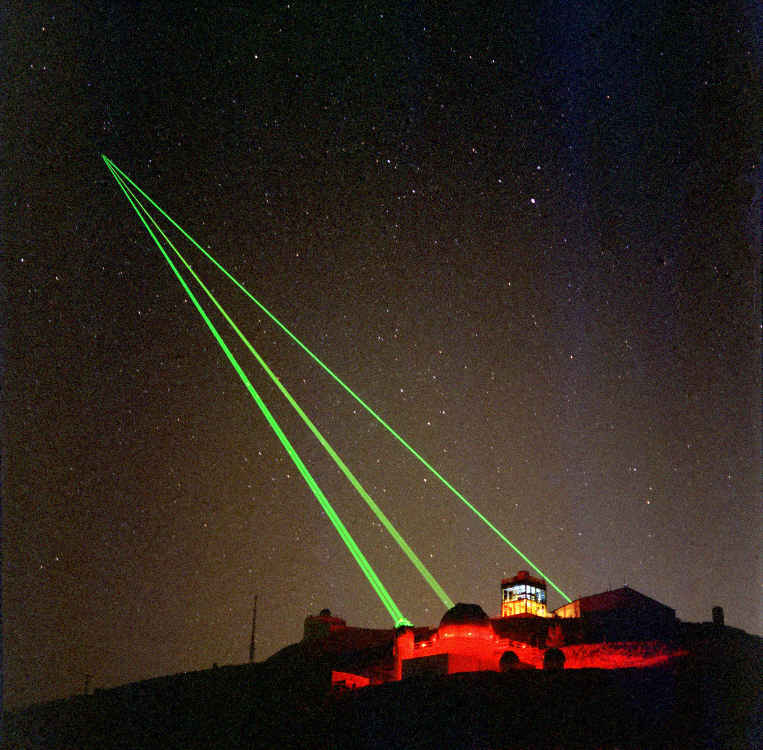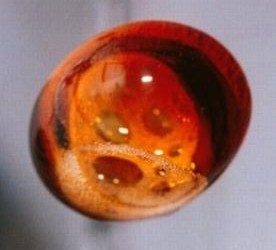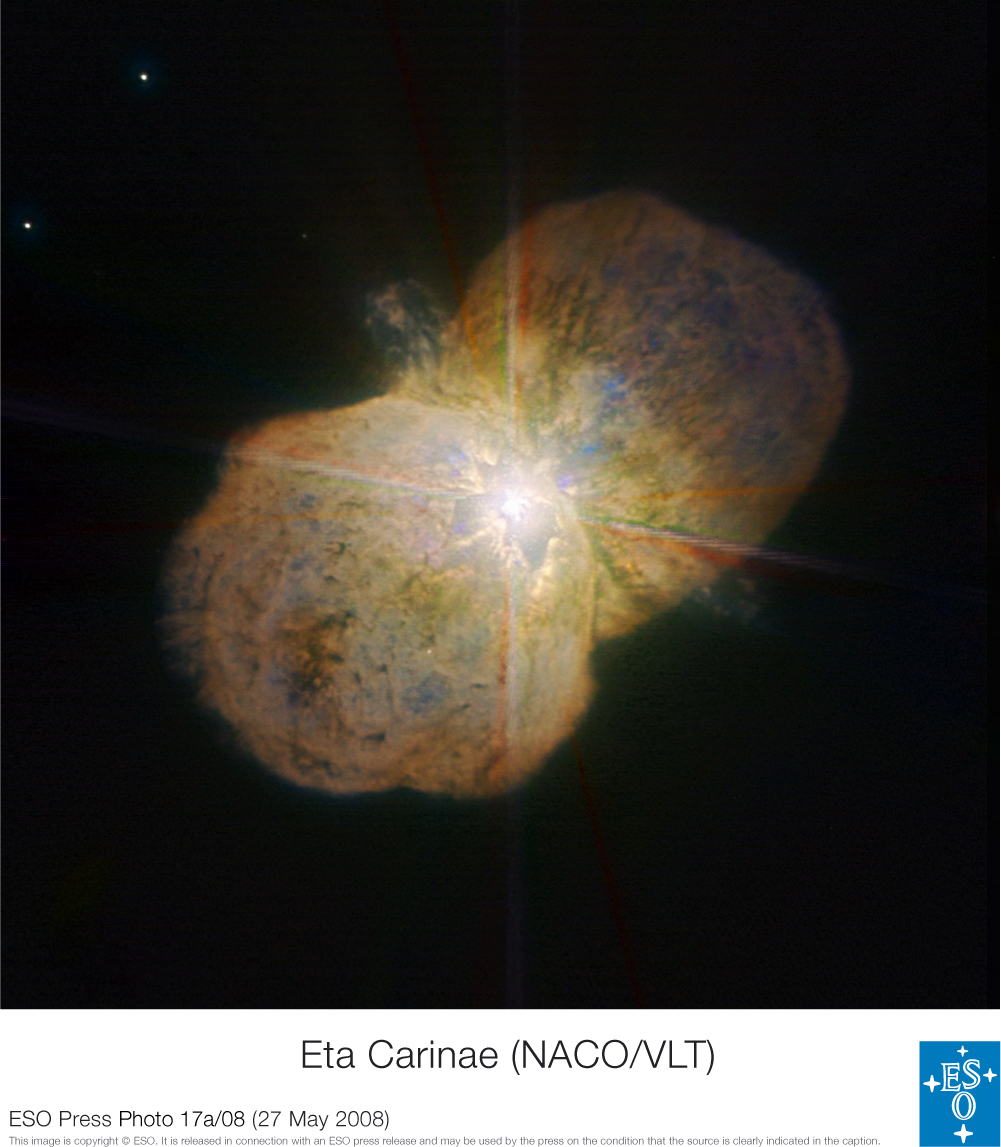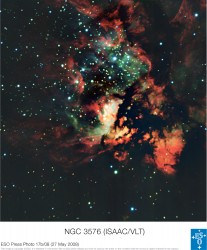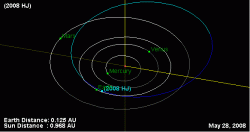Coronal loops, the elegant and bright structures threading through the solar surface and into the solar atmosphere, are key to understanding why the corona is so hot. Yes, it’s the Sun, and yes, it’s hot, but its atmosphere is too hot. The puzzle as to why the solar corona is hotter than the Sun’s photosphere has kept solar physicists busy since the mid-twentieth century, but with the help of modern observatories and advanced theoretical models, we now have a pretty good idea what is causing this. So is the problem solved? Not quite…
So why are solar physicists so interested in the solar corona anyway? To answer this, I’ll pull up an excerpt from my first ever Universe Today article:
…measurements of coronal particles tell us the atmosphere of the Sun is actually hotter than the Suns surface. Traditional thinking would suggest that this is wrong; all sorts of physical laws would be violated. The air around a light bulb isn’t hotter than the bulb itself, the heat from an object will decrease the further away you measure the temperature (obvious really). If you’re cold, you don’t move away from the fire, you get closer to it! – from “Hinode Discovers Sun’s Hidden Sparkle“, Universe Today, December 21st, 2007
This isn’t only an academic curiosity. Space weather originates from the lower solar corona; understanding the mechanisms behind coronal heating has wide-ranging implications for predicting energetic (and damaging) solar flares and forecasting interplanetary conditions.
So, the coronal heating problem is an interesting issue and solar physicists are hot on the trail of the answer to why the corona is so hot. Magnetic coronal loops are central to this phenomenon; they are at the base of the solar atmosphere and experience rapid heating with a temperature gradient from tens of thousands of Kelvin (in the chromosphere) to tens of millions of Kelvin (in the corona) over a very short distance. The temperature gradient acts across a thin transition region (TR), which varies in thickness, but can be only a few hundreds of kilometers thick in places.
These bright loops of hot solar plasma may be easy to see, but there are many discrepancies between the observation of the corona and coronal theory. The mechanism(s) responsible for heating the loops have proven to be hard to pin down, particularly when trying to understand the dynamics of “intermediate temperature” (a.k.a. “warm”) coronal loops with plasma heated to around one million Kelvin. We are getting closer to solving this puzzle which will aid space weather predictions from the Sun to the Earth, but we need to work out why the theory is not the same as what we are seeing.
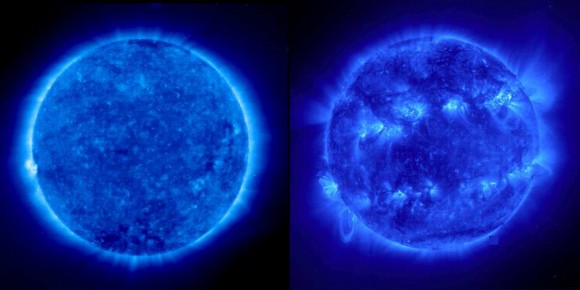
Solar physicists have been divided on this topic for some time. Is coronal loop plasma heated by intermittent magnetic reconnection events throughout the length of a coronal loop? Or are they heated by some other steady heating very low in the corona? Or is it a bit of both?
I actually spent four years wrestling with this issue whilst working with the Solar Group at the University of Wales, Aberystwyth, but I was on the side of “steady heating”. There are several possibilities when considering the mechanisms behind steady coronal heating, my particular area of study was Alfvén wave production and wave-particle interactions (shameless self-promotion… my 2006 thesis: Quiescent Coronal Loops Heated By Turbulence, just in case you have a spare, dull weekend ahead of you).
James Klimchuk from the Goddard Space Flight Center’s Solar Physics Laboratory in Greenbelt, Md., takes a different opinion and favours the nanoflare, impulsive heating mechanism, but he is highly aware that other factors may come into play:
“It has become clear in recent years that coronal heating is a highly dynamic process, but inconsistencies between observations and theoretical models have been a major source of heartburn. We have now discovered two possible solutions to this dilemma: energy is released impulsively with the right mix of particle acceleration and direct heating, or energy is released gradually very close to the solar surface.” – James Klimchuk
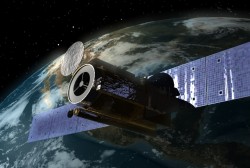
Nanoflares are predicted to maintain warm coronal loops at their fairly steady 1 million Kelvin. We know the loops are this temperature as they emit radiation in the extreme ultraviolet (EUV) wavelengths, and a host of observatories have been built or sent into space with instruments sensitive to this wavelength. Space-based instruments such as the EUV Imaging Telescope (EIT; onboard the NASA/ESA Solar and Heliospheric Observatory), NASA’s Transition Region and Coronal Explorer (TRACE), and the recently operational Japanese Hinode mission have all had their successes, but many coronal loop breakthroughs occurred after the launch of TRACE back in 1998. Nanoflares are very hard to observe directly as they occur over spatial scales so small, they cannot be resolved by the current instrumentation. However, we are close, and there is a trail of coronal evidence pointing to these energetic events.
“Nanoflares can release their energy in different ways, including the acceleration of particles, and we now understand that the right mix of particle acceleration and direct heating is one way to explain the observations.” – Klimchuk.
Slowly but surely, theoretical models and observation are coming together, and it seems that after 60 years of trying, solar physicists are close to understanding the heating mechanisms behind the corona. By looking at how nanoflares and other heating mechanisms may influence each other, it is very likely that more than one coronal heating mechanism is at play…
Aside: Out of interest, nanoflares will occur at any altitude along the coronal loop. Although they may be called nanoflares, by Earth standards, they are huge explosions. Nanoflares release an energy of 1024-1026 erg (that is 1017-1019 Joules). This is the equivalent of approximately 1,600 to 160,000 Hiroshima-sized atomic bombs (with the explosive energy of 15 kilotonnes), so there is nothing nano about these coronal explosions! But on the comparison with the standard X-ray flares the Sun generates from time to time with a total energy of 6×1025 Joules (over 100 billion atomic bombs), you can see how nanoflares get their name…
Original source: NASA

